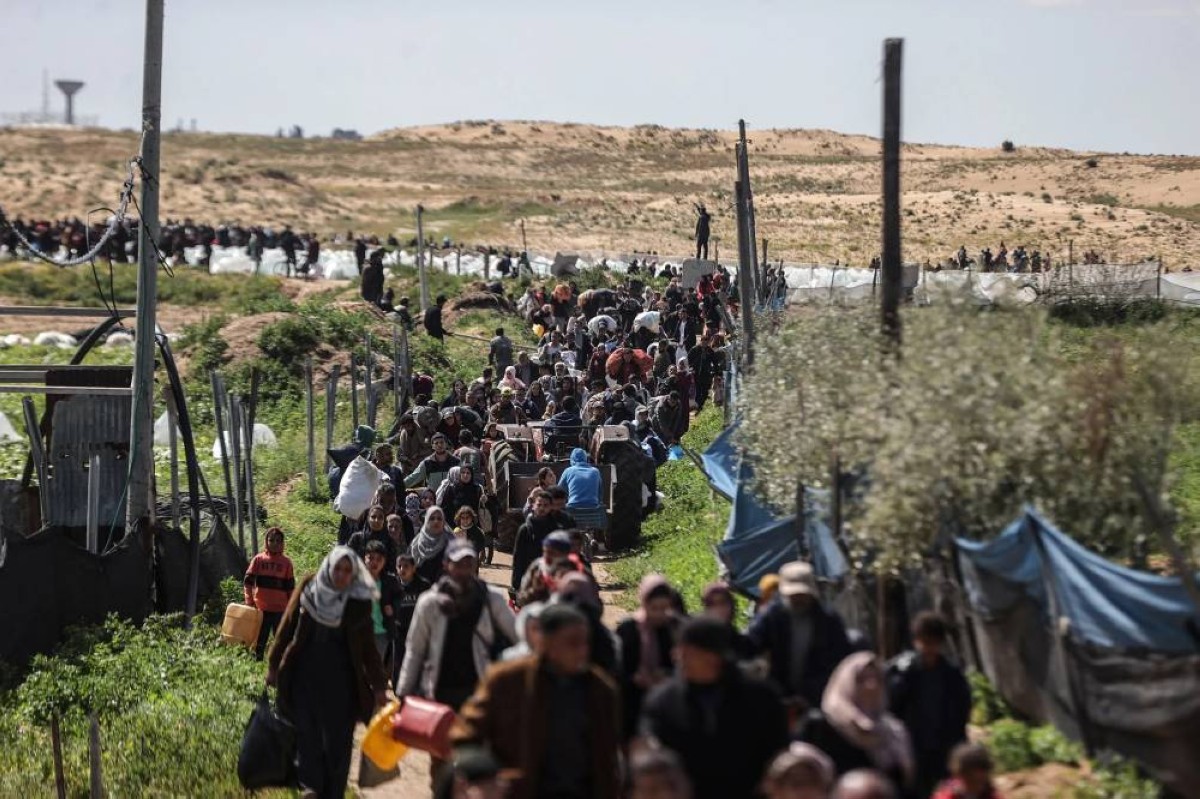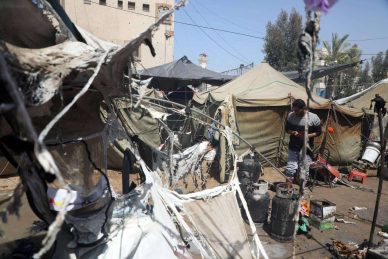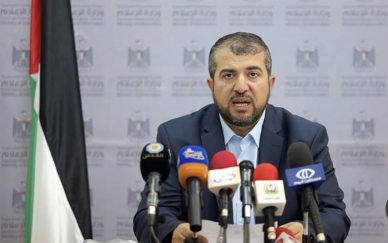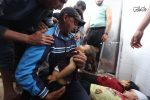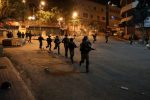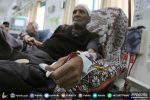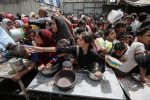RAFAH, (PIC)
On muddy roads and narrow alleys, thousands of residents from Rafah and southern Khan Yunis walk on foot in a new forced displacement journey, carrying whatever belongings they can. There is no clear destination or safe shelter in sight. No vehicles to transport them, nor places to receive them, only open spaces or the rubble of buildings where they search for any temporary refuge to protect them from the night’s cold and the bombardment, following widespread evacuation orders in Rafah and southern Khan Yunis.
On Monday morning, Israeli occupation forces issued comprehensive evacuation orders for Rafah and three neighborhoods in southern Khan Yunis, forcibly displacing tens of thousands of its civilian residents, coinciding with an escalation in airstrikes and shelling of gatherings, homes, and tents, even during the Eid al-Fitr holiday.
Displacement without an exit
Under the weight of threats, massacres, and bombardment, thousands of families found themselves forced to leave their homes, not toward safety, but into the unknown. The city’s streets are crowded with displaced individuals, some pushing carts loaded with children and the elderly, while others drag their bags on the ground, stumbling over the rubble of collapsed houses around them.
Abu Hassan, a father of seven, sits on the sidewalk next to an old bag and says, “They told us to leave, but where to? There are no places to take us in, and no means of transportation. We’ve been walking for hours without knowing where we’ll stop; even the roads aren’t safe.”
This escalation, according to a statement from the Palestinian Center for Human Rights, followed an announcement by the Israeli Prime Minister, Benjamin Netanyahu, of increased military pressure on the Gaza Strip. He confirmed Israel’s aim to establish security control over the area, moving toward implementing Trump’s plan, which facilitates the “voluntary displacement” of Palestinians, revealing the occupation’s intent to continue genocide and create an uninhabitable environment to push for forced displacement.
A humanitarian catastrophe in the open air
The scene is more than tragic; families are sleeping on the ground in the open, without food or water, while fears of disease outbreaks rise in the absence of health facilities. Women and children take shelter under pieces of cloth or old blankets, while some men attempt to build makeshift shelters that offer no protection from the summer heat or winter cold.
Um Yahya, sitting beside her three children on the sidewalk of an abandoned street, says, “We haven’t eaten anything for two days; we don’t even have a bottle of water. There’s nothing left here … no life, no hope, just waiting for death at any moment.”
It is worth noting that since May 7, 2024, the occupation forces have launched a wide-ranging ground assault in Rafah, displacing its residents along with over a million displaced individuals. Their displacement has continued throughout the past months, while only about 100,000 citizens have returned to some neighborhoods of the city after the ceasefire agreement began on January 19, 2025. Most returnees live in tents or partially destroyed homes and have suffered over the past weeks from ground attacks, air and artillery bombardment, and gunfire from the occupation forces positioned more than a kilometer deep along the borders with Egypt to the south and the border strip to the east.
The Palestinian Center for Human Rights warned that the forced displacement decisions implemented by the occupation forces in Rafah, southern Khan Yunis, and the rest of the Gaza Strip are part of a systematic Israeli strategy to create unlivable conditions as part of the crime of genocide. It also warned of the danger of Israeli intentions to displace Palestinians from the Gaza Strip, noting that the return of Israel to carry out ground attacks, control Palestinian cities and neighborhoods, displace residents, and commit widespread murder, along with intensifying the crime of starvation and denying medical treatment, may be part of the accelerated implementation of this plan.
Unanswered cries
Despite repeated warnings from humanitarian organizations, aid has not reached most of the displaced, the crossings are closed, and temporary camps are filled to capacity, while residents face an uncertain fate under continuous threat.

